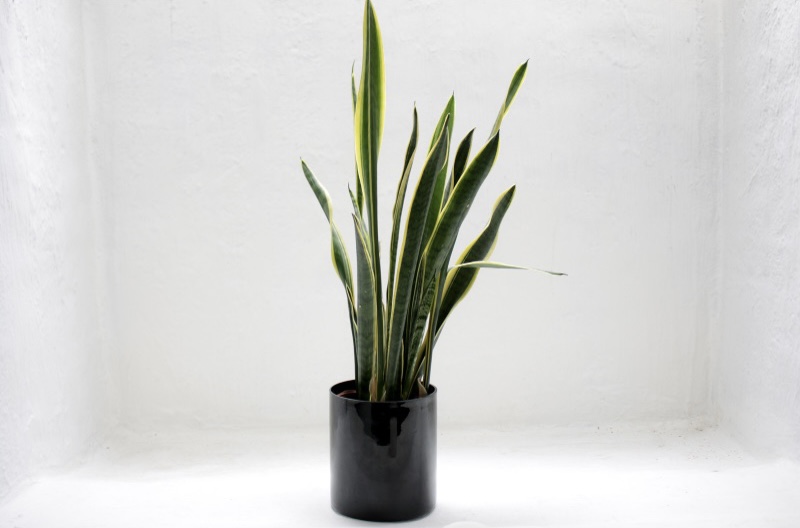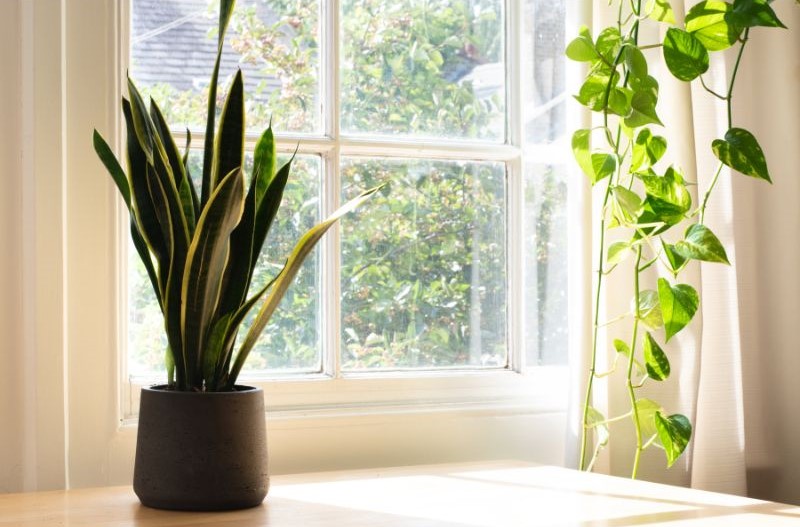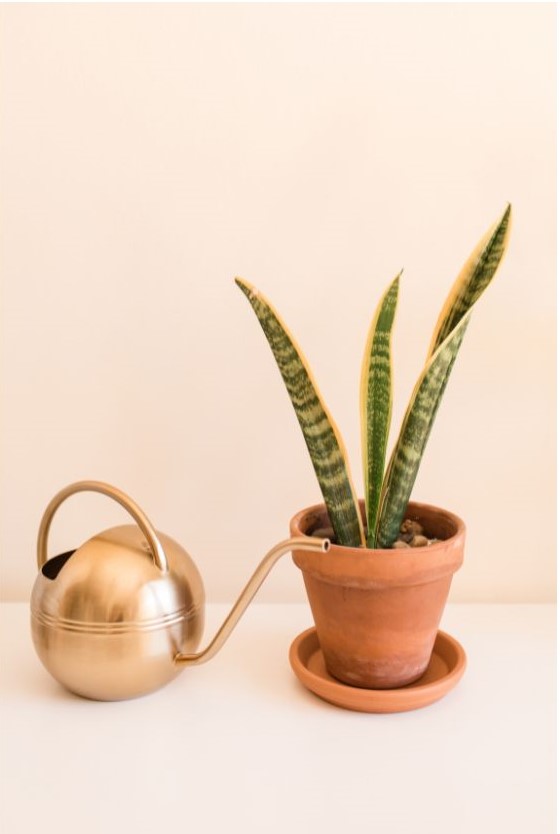Growing and Caring for Snake Plant: A Guide to Thriving Houseplants
Discover how to grow and care for snake plants, also known as Dracaena trifasciata, a popular and resilient houseplant. Find tips on lighting, soil, watering, temperature, propagation, common pests, and more. Visit Rosies & Posies Florist for beautiful houseplants in Santa Clara County.

The Ultimate Guide to Growing and Caring for Snake Plants
Snake Plant Overview
Snake plants, also known as Dracaena trifasciata, are beloved houseplants known for their stiff, sword-like leaves. While they can reach impressive heights in their native habitats, they usually grow to about two feet tall when cultivated indoors. With their green-banded or striped leaves featuring a yellow or cream border, snake plants add beauty and structure to any indoor space. At Rosies & Posies Florist, we offer a wide selection of beautiful houseplants, including snake plants, serving the Santa Clara County.
Snake Plant Care

Ideal Conditions for Beginners Snake plants are an excellent choice for beginner gardeners due to their ability to tolerate various growing conditions. They thrive as container plants, bringing vertical structure and visual interest to indoor spaces. While they prefer warm weather and are drought-resistant, they can struggle in cold environments and are susceptible to overwatering. It's crucial to water snake plants only when the soil feels dry to the touch. During winter months, they can go for up to two months between waterings. In warmer months, watering every two weeks is sufficient.
Light Requirements for Snake Plants

Snake plants prefer warm, bright light and can thrive with eight to ten hours of indirect sunlight or a few hours of early morning direct sunlight. However, excessive direct sunlight can cause leaves to become limp or burned. While they can tolerate shade, inadequate light can slow photosynthesis, stunt growth, and diminish leaf color. To ensure the health and vitality of your snake plant, make sure it receives some sunlight daily.
Choosing the Right Soil for Snake Plants
As houseplants, snake plants thrive in loose and well-drained potting soil mixes. Sandier soil types, such as all-purpose cactus potting soil, are suitable choices. It's best to avoid soil mixes with high peat content, as they can retain too much water, leading to potential root issues.
Watering Guidelines for Snake Plants

Proper watering is crucial for snake plants. Water your plant when the soil becomes almost completely dry, and then water it thoroughly. During winter, check the soil every two weeks for moisture, as snake plants require less frequent watering in colder months. If the leaves become brittle and dry, water immediately. Overwatering is the quickest way to harm a snake plant, as excessive water or allowing the plant to sit in water can lead to root rot. Yellowing leaves are an early sign of overwatering.
Temperature and Humidity Considerations
Snake plants thrive in warm temperatures ranging from 70 to 90 degrees Fahrenheit. It's important to keep them away from drafts and avoid exposing them to frost or temperatures consistently below 50 degrees Fahrenheit. Average household humidity between 30 and 50 percent is suitable for snake plants.
Fertilizing Snake Plants
To promote healthy growth, feed your snake plant once in spring and mid-summer with a balanced, slow-release 10-10-10 fertilizer diluted to half strength. Avoid fertilizing during winter months.
Pruning and Maintenance Tips
Pruning snake plants during the growing season helps encourage new growth and control height. You can remove the tallest leaves at the soil line using a sterile cutting tool. While damaged leaves can be removed at any time, pruning during winter can cause stress to the plant.
Propagation Techniques for Snake Plants
Snake plants can be propagated through cuttings or division. In spring or summer, when the plants are at least four inches tall, you can divide them by carefully separating the rhizome sections and replanting them in clean pots filled with suitable potting soil. Alternatively, you can propagate snake plants using leaf-cuttings, allowing the cut ends to root in water or callous over before planting them in a well-draining potting mix.
How to Grow Snake Plants from Seeds
While snake plants can be grown from seeds, it's important to note that the germination process is slow and unreliable. It can take three to six weeks for seeds to germinate. If you choose to grow from seeds, fill a three-inch pot with seed starting mix, sprinkle the seeds on top, and place the pot in a warm and sunny location. Cover the pot with plastic wrap or a clear plastic dome to create a warm and humid environment. Keep the soil moist but not soggy. Once the seedlings reach three to four inches tall, repot them into larger containers.
Potting and Repotting Snake Plants
Snake plants prefer wide, shallow pots with good drainage. The diameter of the pot should be approximately twice the size of the root ball. When potting a snake plant, place it at the same level as it was in the original pot. Strong roots can crack and break plastic pots, so it's advisable to choose a sturdy container made of ceramic, terra cotta, or clay. Repotting is typically done in the spring when the plant has outgrown its current pot or when the roots become overcrowded. In such cases, it's recommended to repot the snake plant into a container that is two inches wider.
Overwintering Snake Plants
Since snake plants are tropical plants, they cannot tolerate temperatures consistently lower than 50 degrees Fahrenheit. If you have been growing your snake plant outdoors, it's important to bring it indoors before the temperature drops. Place it in a warm room that is protected from cold drafts. During the winter dormancy period, reduce watering and allow the soil to completely dry out before watering again.
Common Pests and Treatment
Snake plants can be susceptible to common houseplant pests such as scales, gnats, spider mites, aphids, mealybugs, and whiteflies. These pests can usually be removed by hand or by gently spraying the plant with water. In case of infestations, treating the plant with neem oil can be effective.
Encouraging Snake Plant Blooms
While snake plants grown indoors year-round rarely flower, they can produce delicate, creamy-white, tubular flowers under ideal outdoor growing conditions. Night-blooming flowers with a fragrance similar to lilies can appear. Providing some sunlight and allowing the plant to become slightly rootbound can encourage the production of a flower stalk. However, it's important to note that not all snake plant cultivars bloom, so it's advisable to choose a variety known for its flowering ability if you desire blooms.
Common Problems and Solutions
Snake plants are generally easy to maintain and can last for many years. However, some common problems may arise, often due to overwatering. Foul-smelling soil is an indication of root rot, and affected plants should be inspected and treated accordingly. Yellow or brown leaves can also be a sign of overwatering, pests, or root rot. Curling leaves may indicate thrip infestations, which can be addressed by removing affected leaves and using neem oil. Drooping or flopping leaves can be a result of excessive watering, insufficient light, or poor potting material
Recent Posts
Year : 2024
Year : 2023
Year : 2021
Year : 2020

